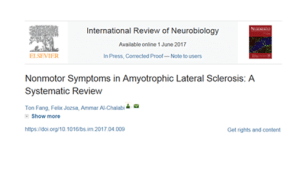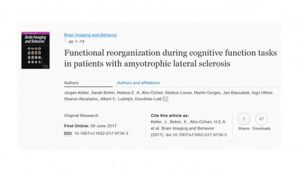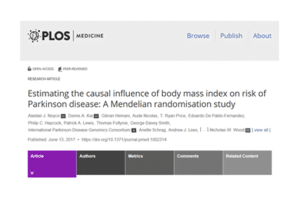Complex neurotechnological devices are required to directly select and influence brain waves inside the skull’s interior. Although it has become relatively easy to implement the devices, researchers are still faced with challenges when trying to keep them running properly in living organisms over time. But that could be changing now, thanks to a new method.
A research team was able to create a microprobe that grows into neural tissue without inflammation and with the help of a medicinal coating. Even after twelve weeks it was shown to still be able to deliver strong signals. Now that such implants are no longer required to be replaced as often, they are able to open the doors for better diagnoses while making life easier for the chronically ill – such as Parkinson’s patients that need to be treated with brain stimulation methods.
The study was published in the journal Biomaterials.
The research group showed that flexible microprobes made of so-called polyimides offer distinct advantages over implants made of silicon. By using a special coating on the electrodes placed on the polyimide implant, the researchers, using an animal model, also showed that inflammatory reactions can be delayed longer.
The electrodes’ coating is made from the polymer PEDOT that absorbs medicine and, when applying negative voltage, releases it again – in this case, the anti-inflammatory compound dexamethasone. Compared to traditional methods for drug administering, a much lower dosage can be used. It also makes it possible to limit the effects to a specific area. In that way, undesirable side effects from the medicine can be reduced.
The researchers say that many more promising avenues for long-term treatments with, for instance, deep brain stimulation can be explored with this system.
Paper: “Actively controlled release of Dexamethasone from neural microelectrodes in a chronic in vivo study”
Reprinted from materials provided by Albert-Ludwigs-Universität Freiburg.





